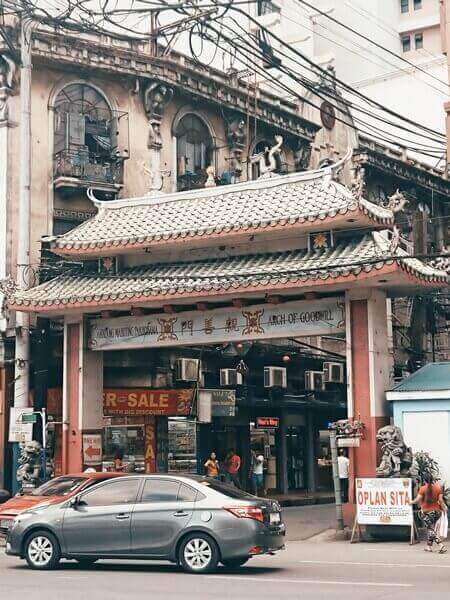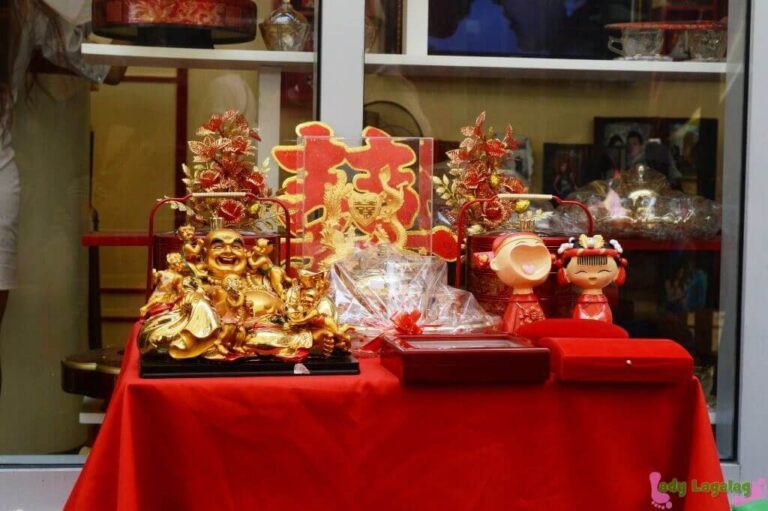Manila, the capital city of the Philippines, is the most populated city in ASEAN.
The name Manila was derived from the nilad plant, which once grew abundantly along the Pasig River.
On June 24, 1571, a Spanish conqueror declared the city a territory of New Spain, making it the capital of the new colony. While the Philippines is now an independent country, June 24 remains celebrated as Manila Day.
The Philippines was colonized by the Spaniards for 333 years, so it’s no surprise that Spanish influence is deeply embedded in Manila’s culture. The city served as the center of business and trade during this period.
What are you waiting for? Take a break from reading and experience the rich history of the Philippines firsthand with a day tour in Manila!
Visit the Oldest Hotel in Manila
Built in 1909, Manila Hotel is the oldest hotel in Manila. Over the years, it has hosted prominent guests like Michael Jackson, The Beatles, and President Bill Clinton.
Embrace the hotel’s Filipino-themed interiors and visit its art gallery. Don’t miss their halal-certified buffet restaurant, Café Ylang-Ylang, for a delightful dining experience.
Make your stay in Manila truly unforgettable—book your timeless experience at The Manila Hotel today.
Visit Manila Ocean Park
- Oceanarium
- Trails to Antarctica
- World of Creepy Crawlies
- Super Toy Collection
- All-Star Bird Show
- Sea Lion Show
View this post on Instagram
Tour Around Intramuros, Manila
From the Spanish words “intra” (within) and “muros” (walls), Intramuros translates to The Walled City. Built in the 16th century to protect against foreign invaders, it now stands as a remarkable historical site.
Here are five must-see attractions within Intramuros:
Fort Santiago
The site where Jose Rizal was imprisoned before his execution. It also served as a fortress for the Spanish, American, and Japanese armies. Over 600 Americans were tragically trapped in the dungeons during World War II.
Manila Cathedral
Known for hosting Papal visits, including Pope Paul VI, Pope John Paul II, and Pope Francis. In 1981, Pope John Paul II designated it a minor basilica.
San Agustin Church
The oldest stone church in the Philippines, recognized as a National Historical Landmark by the Philippine government in 1976. Source.
Read more: Church Suggestions for Visita Iglesia in Metro Manila
Baluarte de San Diego
This medieval-style fortress was built during the Spanish era for protection. Restored in 1992, it’s now a popular tourist attraction.
Stroll Around Luneta Park, Manila
Named after Dr. Jose Rizal, the Philippines’ national hero, who was executed here on December 30, 1896. His works, El Filibusterismo and Noli Me Tangere, exposed the Spanish government’s injustices, igniting the revolution for Philippine independence.
While exploring Luneta Park, don’t miss the Chinese and Japanese Gardens, Lapu-Lapu’s Monument, and the National Museum.

Go to National Museum Manila
There are 3 national museums in Manila, each with different studies.
National Museum of Fine Arts
Located at Padre Burgos Ave, Ermita, this museum houses Juan Luna’s iconic painting, Spoliarium, which won a gold medal in the Exposiciones Nacionales de Bellas Artes competition in 1884.
National Museum of Anthropology
Found at P. Burgos Drive, Rizal Park, this museum exhibits cultural artifacts from Filipino history.
National Museum of Natural History
Situated at Teodoro F. Valencia Circle, this museum features the largest crocodile skeleton ever recorded in the Philippines, along with life-size replicas of whale sharks and mangroves.
Tour at University of Santo Tomas, Manila
Founded in 1611, UST is the oldest existing university in Asia and the largest Catholic university in the world. Initially located in Intramuros, the university relocated to Sampaloc, Manila in 1927.
UST’s Main Building is the first earthquake-resistant building in the Philippines, standing strong as a historical and academic landmark.

Walk Around Chinatown, Manila
Did you know that Manila’s Chinatown is the oldest in the world? Established during the Spanish colonization to segregate Chinese Catholic immigrants, today it thrives as a bustling hub for authentic and affordable Chinese cuisine.

Plan Your Manila Adventure
Manila’s rich history, vibrant culture, and remarkable architecture offer an unforgettable journey through time. Whether you’re visiting for a day or longer, exploring these sites will give you a deeper understanding of the Philippines’ past and present.
For a hassle-free experience, consider hiring a reliable tour guide to help you navigate the city and manage your time effectively — especially in Manila’s busy traffic.
For more activities to explore in Manila, check out our recommended blogs below!




